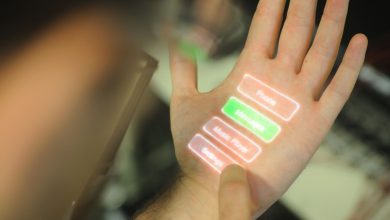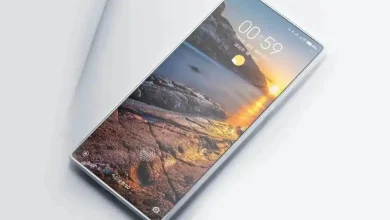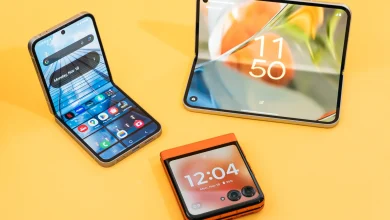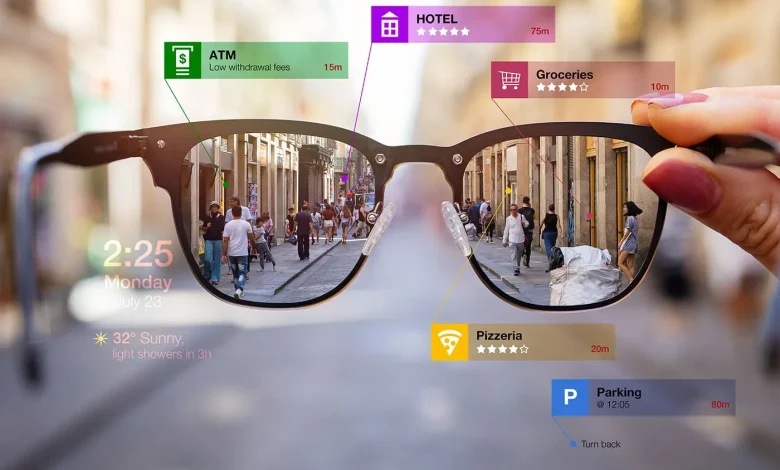
Can Smart Glasses Really Replace Smartphones?
Experts debate if smart glasses could permanently replace smartphones. Are we ready for this hands-free digital future?
Smartphones have been at the center of our digital lives for over a decade. But as technology advances, smart glasses are stepping into the spotlight as a potential successor. With hands-free operation, heads-up displays, and integrated AI, they promise to change how we interact with information and the world around us.
Big players like Meta, Apple, and Google are all investing heavily in the development of smart glasses. These devices aim to combine visual, voice, and touch controls with real-time data overlays, enabling users to message, navigate, and access apps—all without reaching into their pockets.
Tech Giants Are Betting Big
Mark Zuckerberg recently emphasized his belief that smart glasses will eventually replace smartphones entirely. His vision aligns with Meta’s development of Ray-Ban smart glasses, which combine AR with Meta AI voice assistance. Apple, too, is reportedly working on lightweight glasses that go beyond simple notifications and delve into full AR experiences.
Yet the tech isn’t quite ready for mass adoption. Battery life, field of view, display resolution, and privacy concerns remain major challenges. While smart glasses hold promise, replacing smartphones means overcoming both technical and societal barriers.
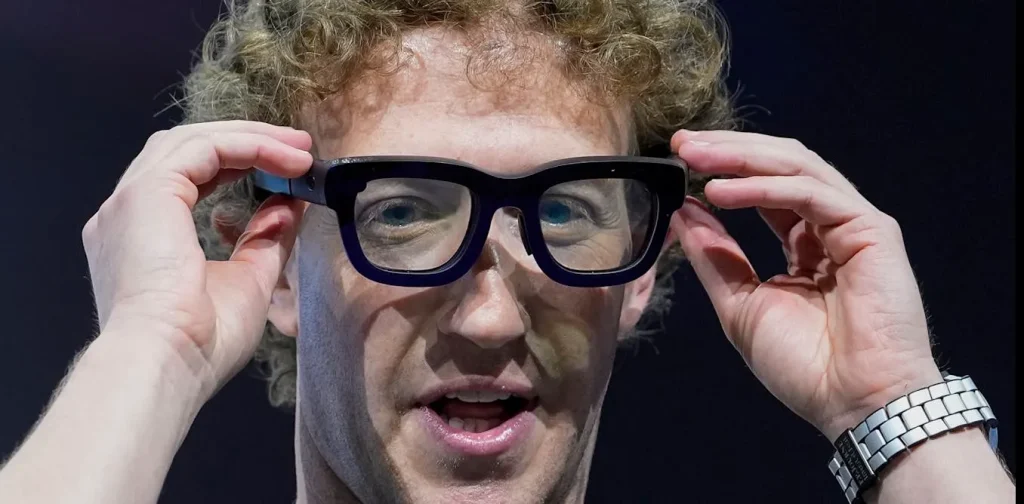
Blending Convenience with Connectivity
One major advantage of smart glasses is their seamless integration into daily life. Imagine seeing your directions projected right in front of you or responding to a text without even glancing at your phone. This natural form of interaction is what excites developers and futurists alike.
They also offer the possibility of continuous connectivity while keeping your hands and eyes free for real-world tasks. For instance, professionals in logistics, healthcare, and engineering could benefit from instant data access and augmented visuals. These are areas where smart glasses already show real-world promise.
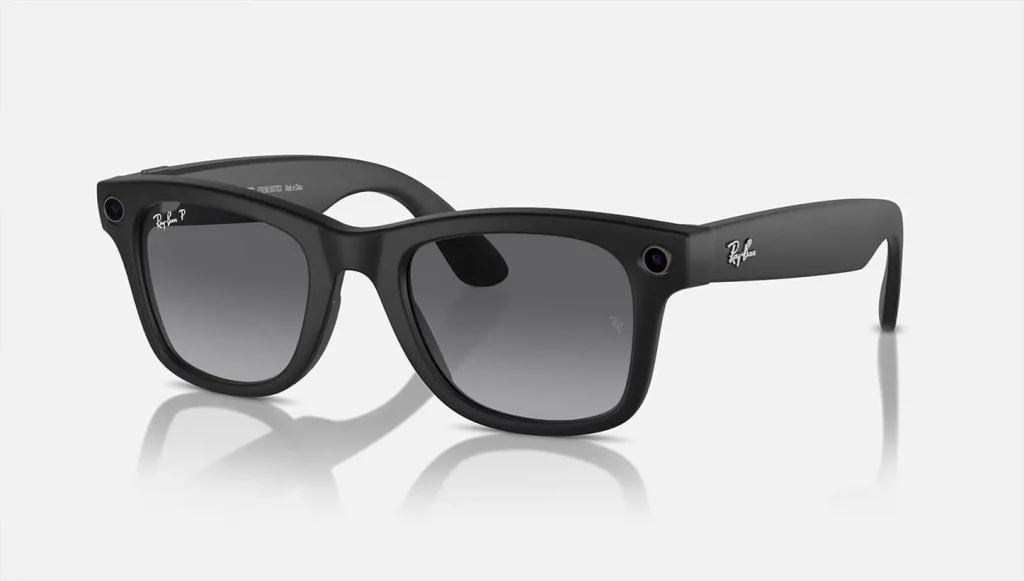
The Road Ahead: Evolution or Replacement?
Despite the optimism, most experts agree that smart glasses won’t replace smartphones overnight. Instead, the shift will likely be gradual—starting with niche use cases and expanding as the tech becomes more polished and affordable. Consumer trust, style, and comfort will play big roles in whether users fully embrace wearing tech on their faces.
By 2030, we might see a hybrid world where smartphones and smart glasses coexist. Eventually, though, glasses could take over as the primary digital interface—provided they can match or exceed the utility and comfort of our beloved handheld devices.
